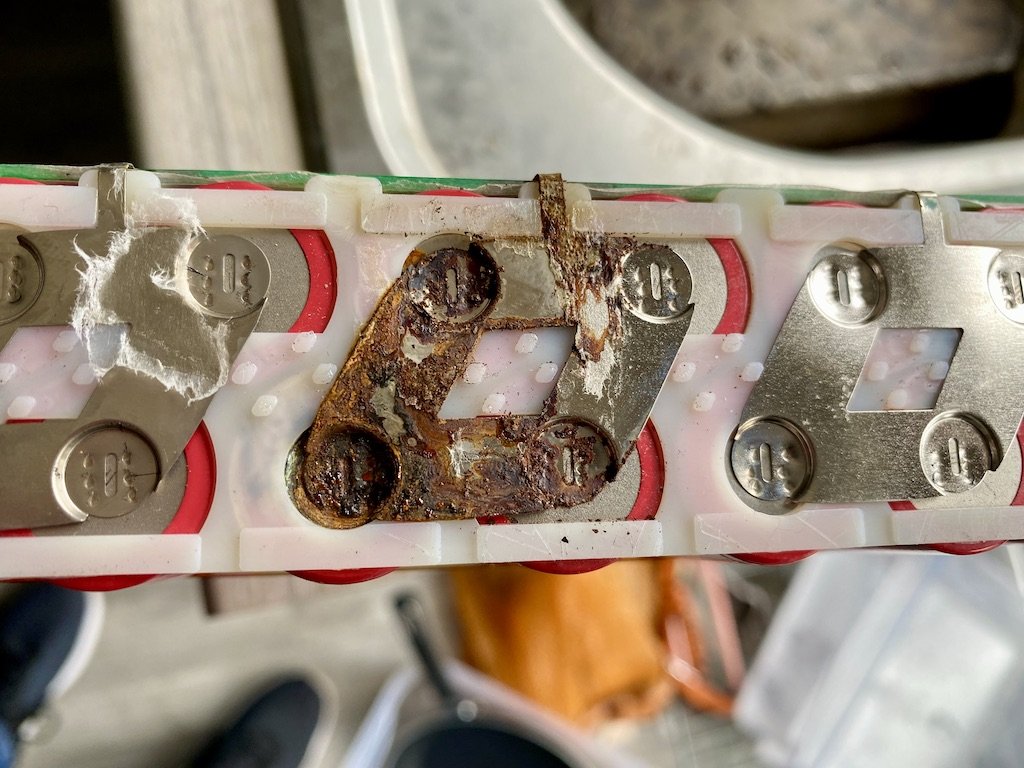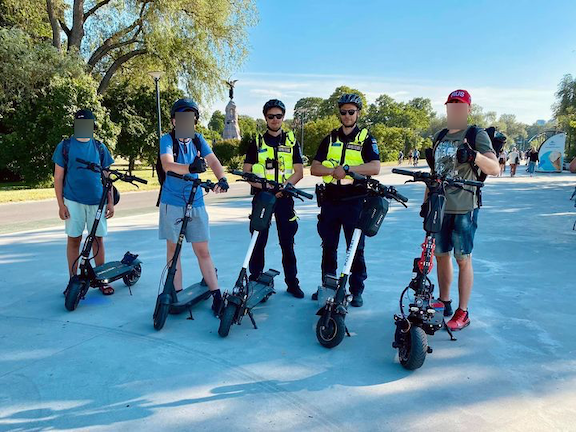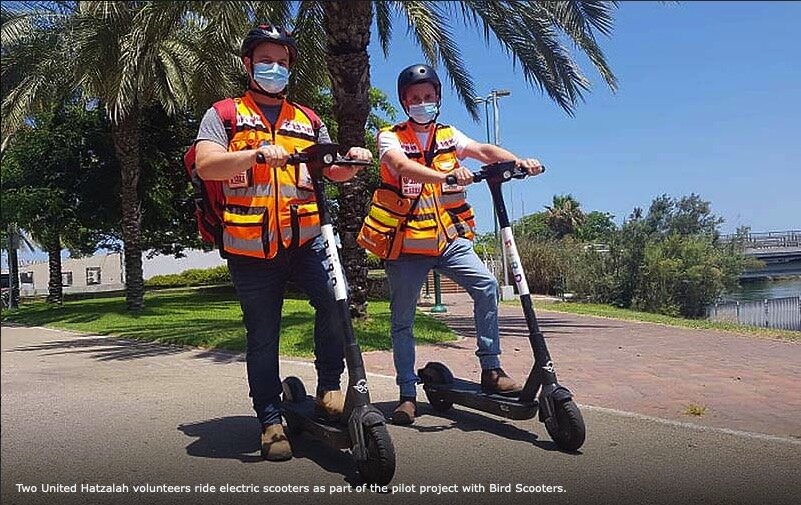Lithium ion battery fires can be one of the most dangerous aspects of any electric vehicle using them. They can endanger life as well as property.
From an electric vehicle perspective there have sadly been lithium ion battery fires reported affecting: Electric Cars, Electric Bikes, Electric Scooters, One Wheels, Electric Unicycles and Electric Skateboards.
Lithium ion battery fires can have different causes, the most common being thermal runaway but thankfully are relatively few, given the number of devices in use. Lithium ion battery packs are often well wrapped / packaged, making it difficult to spot any potential issues.
What are Lithium Ion Batteries?
Lithium ion batteries have revolutionized the way we power our Electric Cars, Electric Bikes, EScooters, One Wheels, Electric Unicycles and Electric Skateboards. A relatively new technology, the cells contain lithium cobalt oxide, an anode made of graphite — an elemental form of carbon — an electrolyte made of lithium salt, and a cathode made of anatase titanium dioxide nanoparticles (a form of a mineral). This combination of materials gives lithium ion batteries their power.
By providing higher energy densities, lithium ion batteries are a complex energy storage system capable of storing more energy than other types of battery chemistries. Their lightweight nature makes them ideal for E Bikes, Electric Scooters, One Wheels, Electric Unicycles and Electric Skateboards where bulkier, heavier batteries don’t make sense.
The lithium ion cells themselves are complex due to their multiple parts, requiring careful design and balancing to ensure safe operation. The higher energy densities, increased portability, and other performance benefits can often outweigh their negatives such as:
Relatively short life spans.
Potential to swell and vent.
Thermal Runaways.
Lithium Ion technology is continuing to improve over time with manufacturers conducting research to help to increase cycle count and improve reliability.
Background
I have been riding a personal electric vehicle (electric Unicycle) since 2019. WIth almost 3000 ridden miles.
Constantly aware of the potentially sensitive electronics inside and to reduce the risk of fire from the lithium ion batteries, I would generally ride in dry weather, mainly on tarmaced surfaces, rarely do tricks or stairs (boring, I know!) and never charge the device unattended / overnight.
Since new, I open up my electric unicycle every 4-6 weeks particularly during the summer months, to check for dirt / damp ingress, the electrical connections and inspect both battery packs for any signs of wear caused by vibration.
Lithium Ion Battery Pack Inspection - The Big Surprise!
In light of recent fires caused by lithium ion batteries, I decided to get my battery packs inspected by professionals and contacted “18650 Club” in the UK.
They instructed me to fully charge the electric unicycle until both green lights on the charger came on and leave the charger charging for up to a further 3 hours.
Once charged, I removed both packs of lithium ion batteries which looked immaculate with no signs of wear (caused by vibration) and took the battery packs for inspection.
Inspection of the lithium ion battery packs by “18650 Club”, revealed the following:
State of Charge / Balancing Checks
I was advised there wouldn’t be a complete pack voltage that would be dangerous, as the charger can only go up to 100.8v and no higher.
Apparently It’s what makes up that 100.8v that could be dangerous. The electric unicycle lithium ion batteries are made up of 24 x 4.2v cells, if one group was imbalanced high it could be 4.19 x 23 + 4.43v. This would present a lithium ion fire risk, yet the pack would still measure 100.8v and seem fine without opening.
Given that my electric unicycle lithium ion batteries were 3 years old and covered 3,000 miles, the technician informed me that both packs are still charging above expectations at 100.1v (the lithium ion batteries would have been charging to 100.8v when new). Charging state will continue to degrade over time which is apparently normal.
The following results came from the lithium ion balancing checks:
Battery Pack 1: 0.02v difference (better than factory specs).
Battery Pack 2: 0.03v difference.
I was informed that a difference of 0.06v can be a warning sign of issues and 0.1v difference is considered dangerous, potentially catching fire (immediately stop riding your device!).
Lithium Ion Battery Management System (BMS)
The technician then removed all outer packaging and closely inspected / tested the lithium ion battery management system.
The battery management systems (BMS) on both packs had been well built and was considered to be in a good condition. All checks came out normal with no issues.
Visual Inspection
Now came the surprise! Externally the lithium ion battery packs looked “as new” with no signs of damage. The following was identified once the lithium ion battery packs were opened:
Welds (Observation):
For the connectors, each lithium ion battery contact has 6 welds. Two of my batteries only had 5 welds on each negative side of the batteries.
Although I was informed this was not an issue, welds can either of been an issue at point of manufacture (should have been spotted by QA), or possibly broken (weak weld) over time by vibrations / impacts.
Corrosion (Issue):
One of the connectors was showing signs of significant corrosion!
There was contact strip corrosion on one of the battery packs!
The technician explained that this can be quite a common issue, potential causes include moisture getting sealed in by the packaging at point of manufacture, water ingress during riding / bad weather due to a damaged / inadequately sealed packs or faulty / leaking cells are also a cause.
Since writing this post, I have received some great feedback from the PLEV community, regarding other potential causes of corrosion:
“Justin P” pointed out that corrosion can also occur from too powerful a spot weld which may have pierced a cell, prior to pack wrapping.
“Chow Loong” mentioned cells leaking electrolytes can be a cause and should be replaced.
“Bob” commented that venting faulty cells can also be a cause, although not a common issue.
Although the lithium ion batteries and battery management system (BMS) checked out ok on initial inspection, a more thorough inspection revealed the true cause.
According to “18650 Club” there could have potentially been a really dangerous situation if the dead lithium ion battery cell was fully cycled, possibly catching fire.
The above was all well hidden by the battery pack packaging.
How to Prevent Fires
Despite their size, PLEVs are typically regarded as electric vehicles. As with any vehicle, regular checks / maintenance can be essential to reduce risk of issues.
Electric Vehicle Maintenance:
Open up your device and check for dirt / water ingress, board condition, external lithium ion battery pack damage and wiring connections.
This should be done on a regular basis, according to your riding style, weather and terrain. I check my devices every 4-6 weeks. It only takes appx. 15-20 mins.
If you’re not comfortable doing this yourself, take your PLEV to your reseller or an expert.
Lithium Ion Battery Checks (Qualified experts only!):
Li ion battery packs are usually well sealed. As a result, we have no idea what might be going on inside, unless opened up. Get the cells, balancing, BMS etc. checked!
Contact your reseller in the first instance or qualified electricians / battery specialists.
“18650 Club” advises that lithium ion battery checks for any device should be carried out every 3000km (1860 miles) or immediately after any major crashes / impacts.
Battery checks don’t take long (appx. 20-30 mins), so minimal labour charges.
Lithium Ion Battery Advice:
Battery balancing, state of charge / discharge are apparently key. If your range suddenly drops or your device is partially charging / not charging at all, stop riding immediately and get your lithium ion batteries checked!
How to Extinguish a Lithium-Ion Battery Fire
Common fire risks from Lithium-ion batteries include:
Cell damage - From an impact or long term vibration
Manufacturer fault.
Battery Management Failure.
Thermal Runaways
The following steps can help you to safely extinguish a lithium-ion battery fire:
Make sure any persons in the vicinity have been safely evacuated.
Contact emergency services or fire officials.
Put on fire-resistant gloves and use a class B (dry chemical) fire extinguisher if you have one. This type of fire extinguisher is designed to put out combustible materials like lithium-ion batteries. Aim the fire extinguisher directly at the lithium-ion battery and spray for at least 20 seconds to ensure the fire is sufficiently suppressed.
Once extinguished, let the area cool before you remove the battery. Be very mindful as you do so – the battery may still be hot and able to reignite.
Place it in a fireproof container and dispose of it as hazardous waste.
These steps can help you extinguish a lithium-ion battery fire. Remember to contact local fire officials if there is a major fire, and to take all safety precautions. By following these steps, you can help ensure the safety of yourself and those around you, when dealing with a lithium-ion battery fire.
Custom Lithium Ion Battery Packs
“18650 Club” are able to build custom lithium battery packs with a custom BMS & cells based on your wheel specs / riding style, at reasonable prices.
Many device owners are concerned with lithium ion battery fires and have understandably chosen to sell their devices.
Given that my electric unicycle had done relatively low miles to date, I went ordered two replacement packs containing Molicel P42A lithium ion battery cells. Molicel P42A lithium ion battery cells are reported to be safer than the previous LG50T cells. The electric unicycle appears to now have greater torque and approximately 10% more range! A more cost effective option than buying a new electric unicycle.
I am not a lithium ion battery expert and may not have covered every aspect of lithium ion battery issues, but hope you find the above information that I learned, of use.
Our PLEVs are great fun and we are responsible for the safe operation of our devices.
Whether you are riding E Bikes, Electric Scooters, One Wheels, Electric Unicycles or Electric Skateboards…
Ride Safe!
Frequently Asked Questions
-
It’s advisable to never leave your PLEV charging unattended or overnight.
-
Immediately cease riding your PLEV and arrange to have your battery packs checked by a specialist.
-
It’s recommended to get your PLEV internally inspected, to check wiring and any evidence of battery pack damage.
-
Lithium ion batteries degrade over time and can be susceptible to long term vibration. Some manufacturers recommend changing your battery packs for new ones at around 3 years.
I recommend getting a specialist to check your packs if your wheel doesn’t charge properly, is more than 3 years old or if you see signs of battery pack damage. Whichever is the sooner.






























